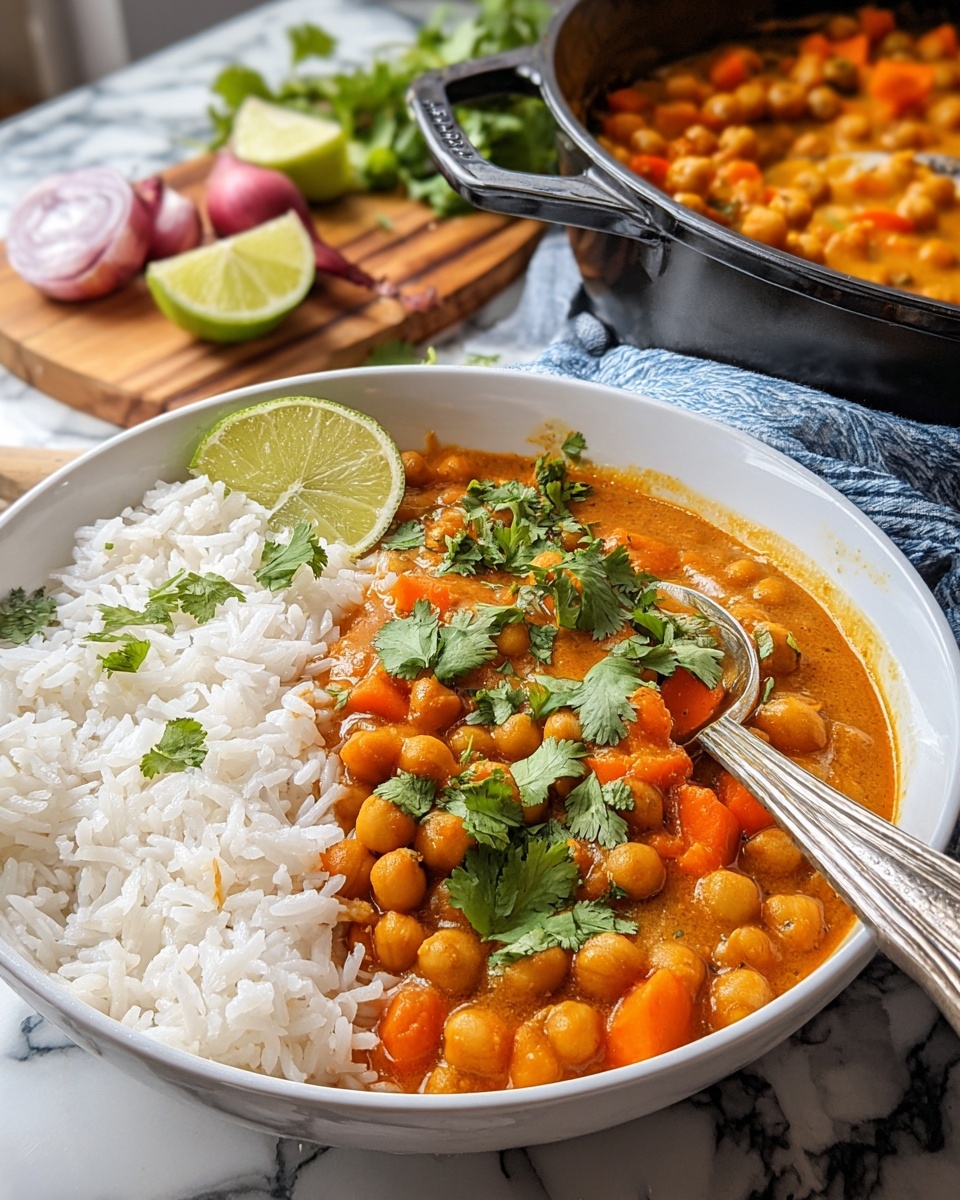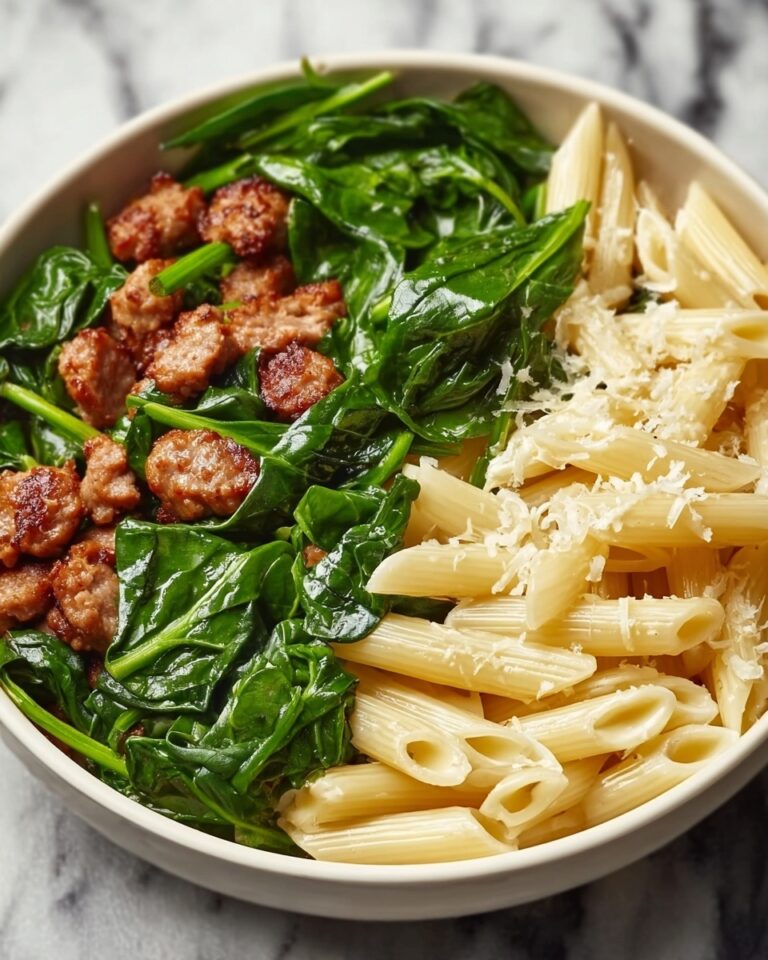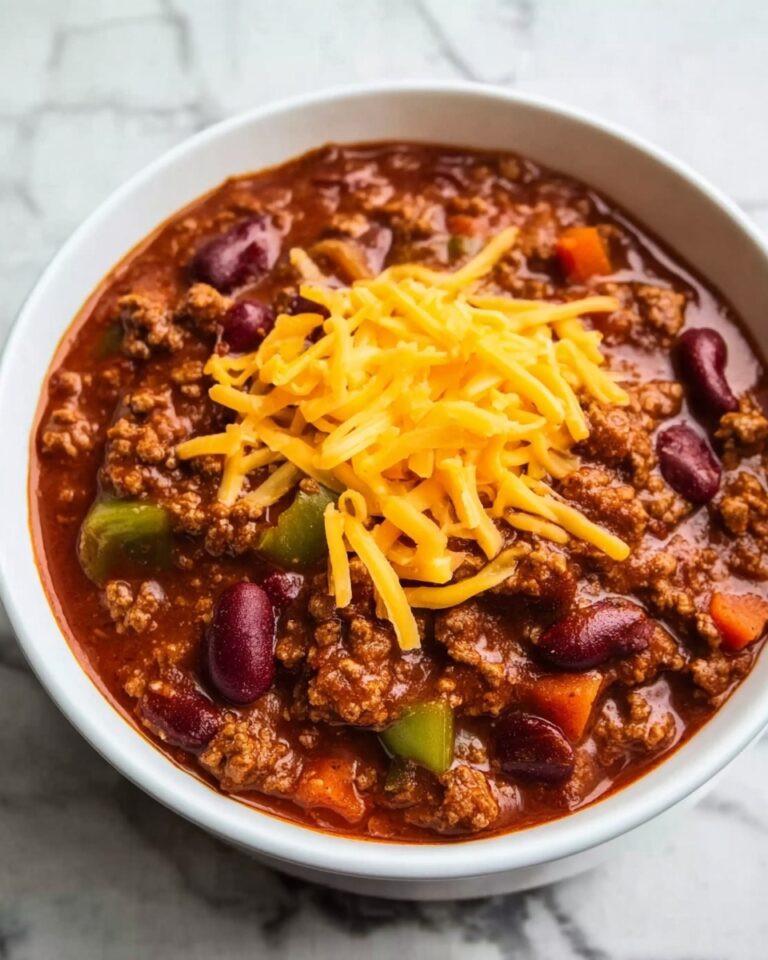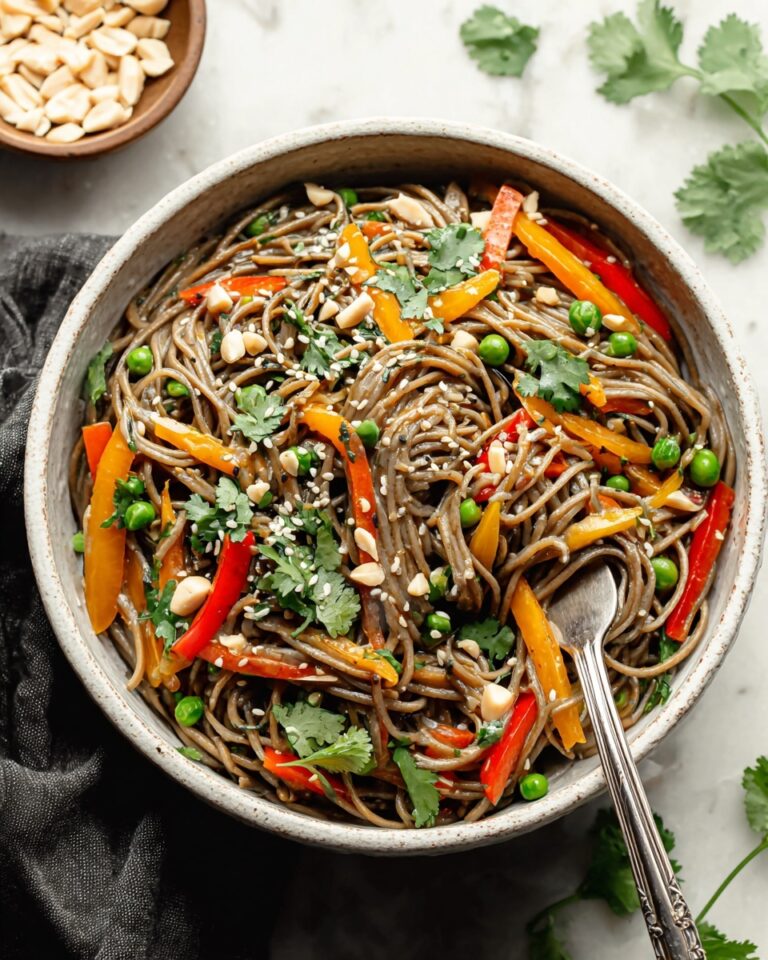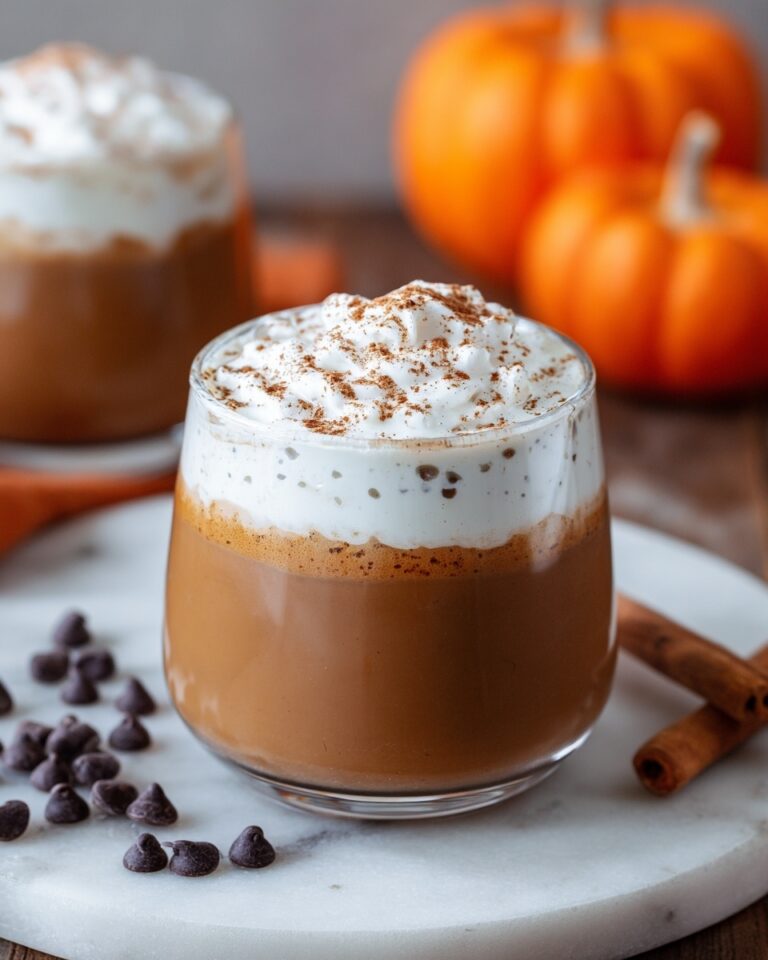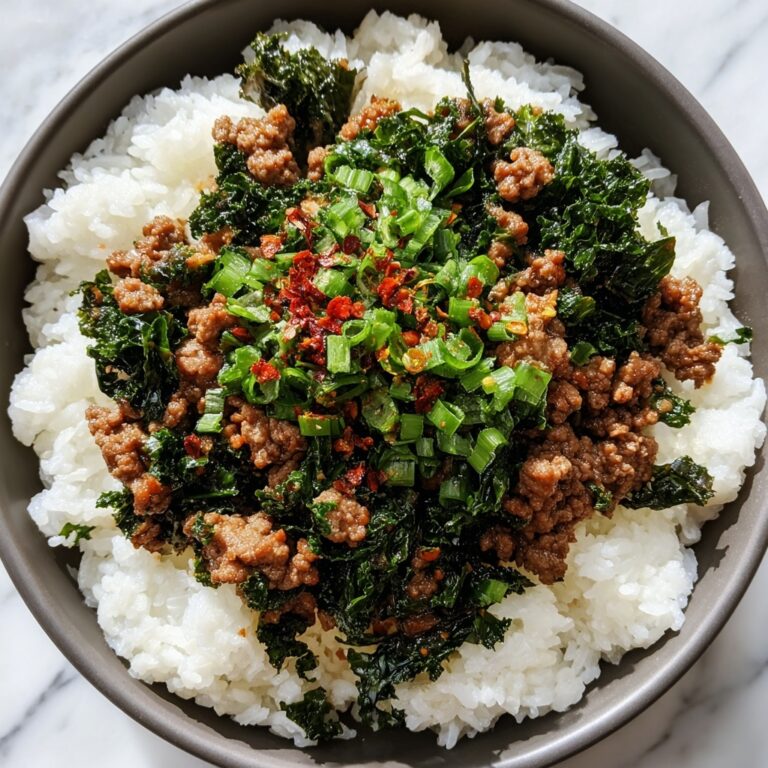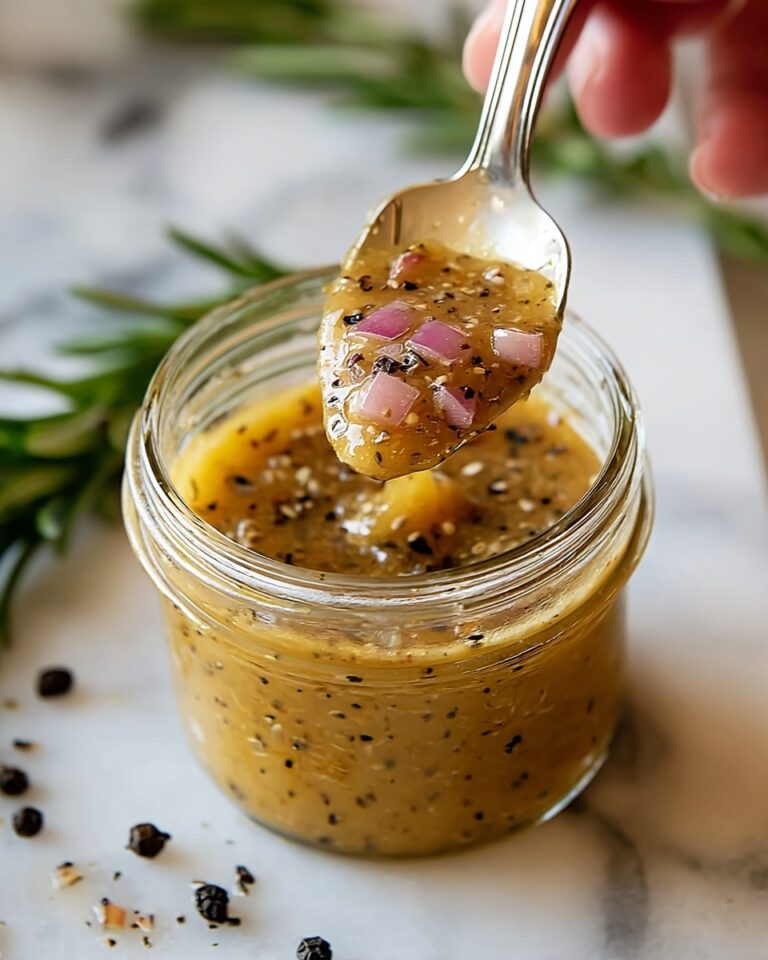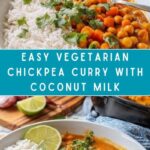There is nothing quite as comforting and flavorful as a good curry, and this Vegetarian Chickpea Curry Recipe is one of my absolute favorites to make when I want something hearty, healthy, and utterly satisfying. Packed with spices, creamy coconut milk, and vibrant greens, this dish boasts layers of taste and texture that will quickly make it a staple in your kitchen. Whether you’re cooking for yourself or sharing with friends, this curry promises warmth and a tasty adventure in every bite.
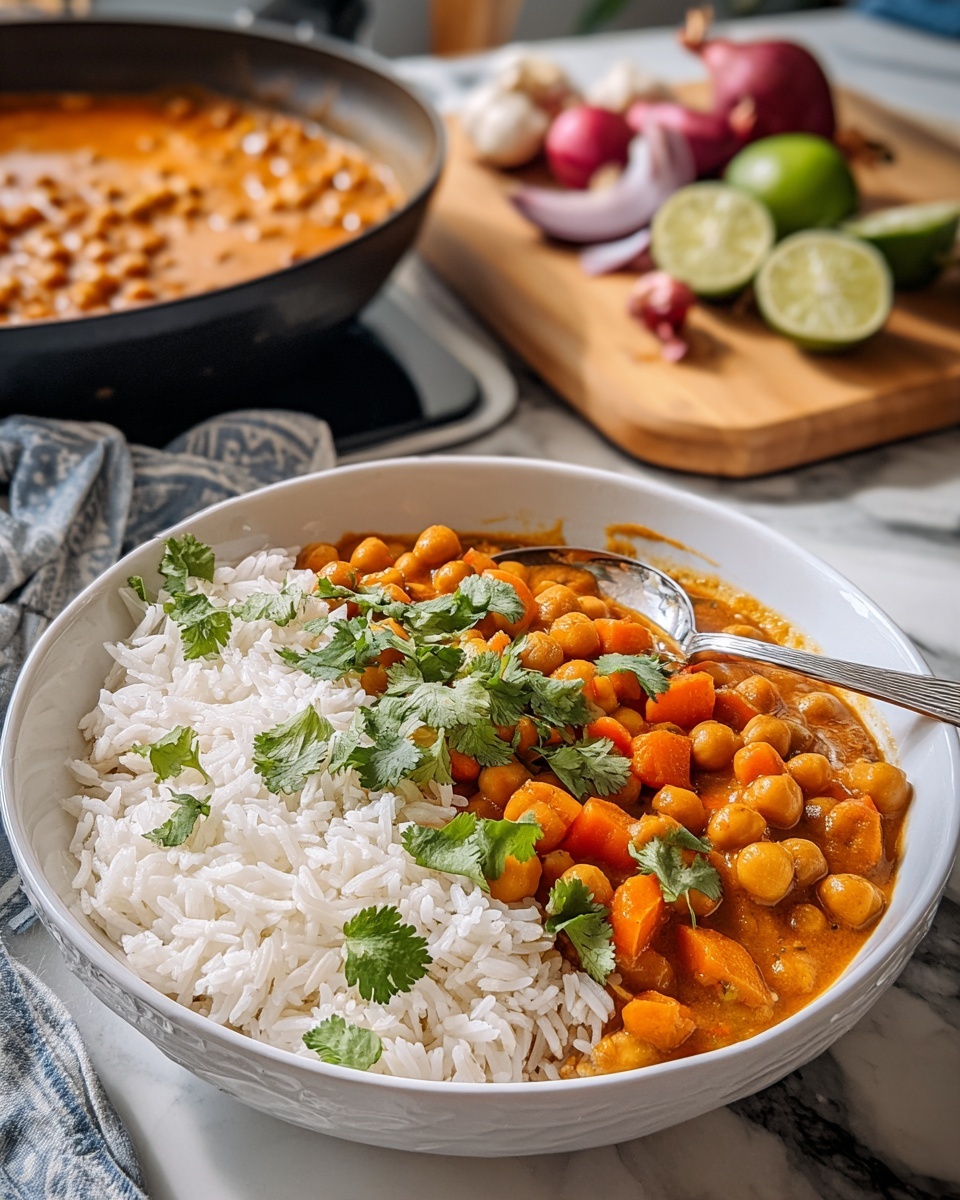
Ingredients You’ll Need
This Vegetarian Chickpea Curry Recipe relies on simple yet absolutely essential ingredients that each play a crucial role in building its depth of flavor, luscious texture, and appealing color. From fragrant spices to creamy coconut milk, every element brings something special to the table.
- Olive oil: A healthy fat that helps sauté the aromatics and brings a subtle richness.
- Medium onion (diced): Adds sweetness and a foundational flavor to the curry base.
- Garlic (minced): Infuses the dish with its unmistakable pungent aroma and depth.
- Fresh ginger (grated): Lends a zesty heat that brightens the curry beautifully.
- Curry powder: The star spice blend delivering warmth and complexity.
- Ground cumin: Provides a nutty, earthy undertone to balance the spices.
- Ground turmeric: Offers a vibrant golden color and a mild peppery bitterness.
- Cayenne pepper (optional): For those who love a touch of heat to wake the palate.
- Diced tomatoes (canned): Adds acidity and a slightly chunky texture to the sauce.
- Chickpeas (canned, drained, and rinsed): The hearty protein and fiber-packed star ingredient.
- Coconut milk (canned): Brings creamy sweetness that balances the spices perfectly.
- Vegetable broth or water: Helps adjust consistency while adding subtle flavor.
- Salt: Essential for enhancing all the flavors in the curry.
- Black pepper: Adds a mild heat and sharpness to round out the spice profile.
- Fresh spinach or kale (chopped): A nutritious green boost that softens gently into the curry.
- Juice of 1/2 lemon: Injects a bright tang that lifts the entire dish.
- Chopped fresh cilantro (for garnish): Adds a refreshing herbal note and a pop of color.
How to Make Vegetarian Chickpea Curry Recipe
Step 1: Sauté Aromatics
Begin by warming olive oil over medium heat in a large skillet or pot. When it’s hot, add the diced onion and cook for about 4 to 5 minutes until they become soft and translucent, releasing sweet aromas. Then introduce the minced garlic and freshly grated ginger, stirring constantly for about a minute to let their flavors bloom without burning.
Step 2: Toast the Spices
Next, sprinkle in the curry powder, ground cumin, turmeric, and cayenne pepper if you’re using it. Stir this spice mix around the pan for roughly 30 seconds. This toasting step is crucial because it activates the essential oils in the spices, ensuring your curry develops a deep, layered flavor rather than tasting flat or one-dimensional.
Step 3: Build the Sauce
Pour in the canned diced tomatoes and cook for about 2 minutes, stirring occasionally so the tomatoes meld well with the spices and soften slightly. They add a fresh acidity and texture that balances the creaminess to come.
Step 4: Add Chickpeas and Liquids
Stir in the drained chickpeas, coconut milk, and vegetable broth or water. This combination forms the luscious base of your curry. Season with salt and black pepper, give it a good stir, and bring everything to a gentle simmer. Let the flavors blend and the sauce thicken slightly by cooking it uncovered for 15 to 20 minutes, stirring occasionally to avoid sticking.
Step 5: Incorporate Greens and Brighten
Once the sauce has thickened and smells divine, stir in your chopped spinach or kale. Cook for an additional 2 to 3 minutes until the greens are wilted but still vibrant. Finish by squeezing in the juice of half a lemon, which adds a wonderful brightness that cuts through the creaminess, then adjust seasoning as needed before removing the pot from heat.
How to Serve Vegetarian Chickpea Curry Recipe
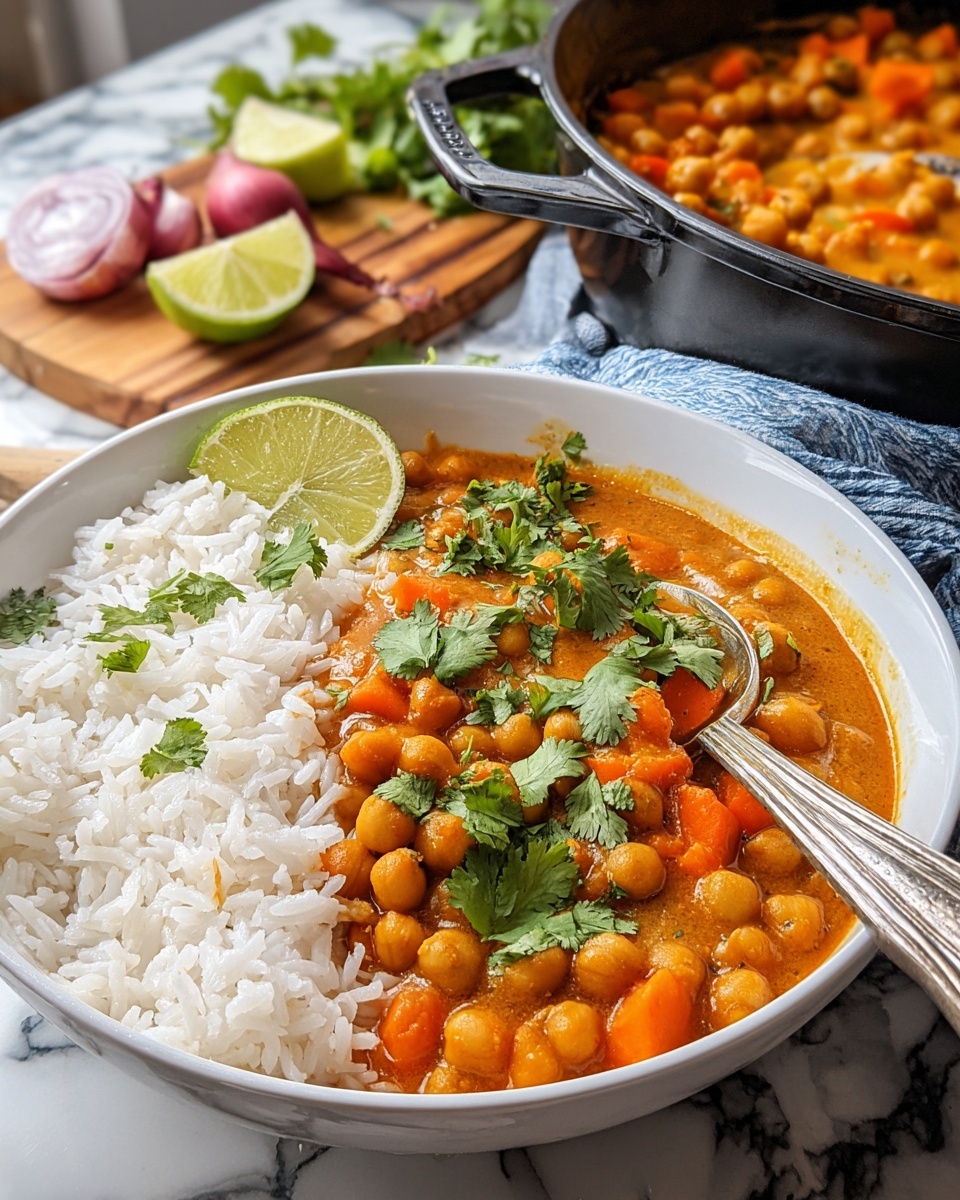
Garnishes
I love topping this curry with a generous sprinkle of chopped fresh cilantro. It provides a fresh, herbaceous contrast to the rich spices and creamy base. You can also add a handful of toasted coconut flakes or a dollop of dairy-free yogurt to add even more layers of flavor and texture.
Side Dishes
This curry pairs beautifully with fluffy basmati rice or warm, soft naan bread to soak up every drop of the sauce. For a lighter option, try it alongside quinoa or cauliflower rice. Adding a side of crunchy cucumber salad also helps introduce a refreshing element that complements the dish.
Creative Ways to Present
For a more casual approach, serve the curry in warm bowls with a scattering of toasted nuts or seeds on top for added texture. Alternatively, try layering it over roasted vegetables or even baked sweet potatoes for a hearty, grain-free meal. The creamy sauce makes it delicious over just about anything!
Make Ahead and Storage
Storing Leftovers
Leftover vegetarian chickpea curry keeps incredibly well in the fridge. Store it in an airtight container and enjoy it within 4 days for the best flavor and texture. The spices and coconut milk blend even more deeply as it rests, so leftovers often taste better the next day.
Freezing
This curry freezes beautifully, making it perfect for meal prepping. Allow it to cool completely, then transfer to freezer-safe containers or bags. It will keep well for up to 3 months; just thaw overnight in the fridge before reheating.
Reheating
To reheat, warm the curry gently on the stove over low heat, stirring occasionally to prevent sticking or burning. You can add a splash of vegetable broth or water if the sauce has thickened up too much in the fridge. Alternatively, microwave on medium power, stirring halfway through until warmed through.
FAQs
Can I use dried chickpeas instead of canned?
Absolutely! Just remember to soak and cook the dried chickpeas beforehand until tender before adding them to the curry, as they need more cooking time than the rest of the ingredients.
Is this curry spicy?
The level of spiciness is quite mild by default, thanks to the warming spices and optional cayenne pepper. You can easily adjust the heat by adding more cayenne or fresh chili if you prefer a spicier curry.
What can I substitute for coconut milk if I am allergic?
You can use cashew cream or a soy-based cream alternative, though it might slightly change the flavor and texture. Another option is to use extra vegetable broth to keep it creamy but less rich.
Can I make this curry in advance?
Definitely! In fact, making it ahead lets the spices meld even more, creating an even tastier dish. Just reheat gently before serving and add fresh greens at the last moment for the best texture.
Is this recipe gluten-free?
Yes, the Vegetarian Chickpea Curry Recipe is naturally gluten-free, making it suitable for those with gluten sensitivities or celiac disease. Just be sure any side dishes or additions you serve with it are also gluten-free.
Final Thoughts
This Vegetarian Chickpea Curry Recipe truly captures the magic of simple ingredients transformed into something wonderfully comforting and nourishing. It’s perfect for weeknights, meal prep, or anytime you need a cozy meal that’s packed with flavor. I encourage you to give it a try and watch it quickly become one of your go-to recipes for a delicious plant-based dinner.
Print
Vegetarian Chickpea Curry Recipe
- Prep Time: 10 minutes
- Cook Time: 25 minutes
- Total Time: 35 minutes
- Yield: 4 servings
- Category: Main Course
- Method: Stovetop
- Cuisine: Indian-inspired
- Diet: Vegetarian
Description
This flavorful Vegetarian Chickpea Curry is a wholesome, comforting dish that combines creamy coconut milk, aromatic spices, and nutrient-rich chickpeas with fresh greens. Perfectly spiced and vegan-friendly, it’s an easy stovetop recipe ideal for a hearty weeknight dinner or meal prep.
Ingredients
Spices and Aromatics
- 1 tablespoon olive oil
- 1 medium onion, diced
- 3 cloves garlic, minced
- 1 tablespoon fresh ginger, grated
- 1 tablespoon curry powder
- 1 teaspoon ground cumin
- 1/2 teaspoon ground turmeric
- 1/4 teaspoon cayenne pepper (optional)
Main Ingredients
- 1 can (14 oz) diced tomatoes
- 2 cans (15 oz each) chickpeas, drained and rinsed
- 1 can (13.5 oz) coconut milk
- 1/2 cup vegetable broth or water
- 1 teaspoon salt (or to taste)
- 1/2 teaspoon black pepper
- 2 cups fresh spinach or kale, chopped
Finishing Touch
- Juice of 1/2 lemon
- Chopped fresh cilantro for garnish
Instructions
- Heat olive oil and sauté onion: Warm the olive oil in a large skillet or pot over medium heat. Add the diced onion and sauté for 4 to 5 minutes until it becomes soft and translucent.
- Add garlic and ginger: Stir in the minced garlic and grated ginger, cooking for 1 minute until fragrant to elevate the aromatic base of your curry.
- Toast the spices: Mix in the curry powder, ground cumin, turmeric, and cayenne pepper if using. Stir and cook for 30 seconds to release the spices’ essential oils and flavors.
- Add diced tomatoes: Pour in the canned diced tomatoes and cook for about 2 minutes, stirring occasionally, to blend the flavors and slightly thicken the sauce.
- Combine chickpeas and liquids: Add the drained chickpeas, coconut milk, and vegetable broth to the pot. Season with salt and black pepper. Stir well to combine all ingredients.
- Simmer the curry: Bring the mixture to a gentle simmer and cook for 15 to 20 minutes. This allows the flavors to meld together and the sauce to thicken slightly.
- Add greens and wilt: Stir in the chopped spinach or kale, cooking for an additional 2 to 3 minutes until the greens are wilted and tender.
- Finish with lemon and garnish: Remove the pot from heat, stir in the juice of half a lemon, and adjust seasoning if necessary. Garnish generously with chopped fresh cilantro before serving.
- Serve hot: Present the curry hot, ideally accompanied by steamed rice or warm naan bread for a complete meal.
Notes
- For a spicier version, increase the amount of cayenne pepper or add fresh chopped chili peppers.
- Kale can be substituted with spinach or Swiss chard depending on availability and preference.
- This curry stores well in the refrigerator for up to 4 days and the flavors develop even more after resting overnight.
- To make it gluten-free, ensure that the vegetable broth or any accompaniments like naan are gluten-free.

